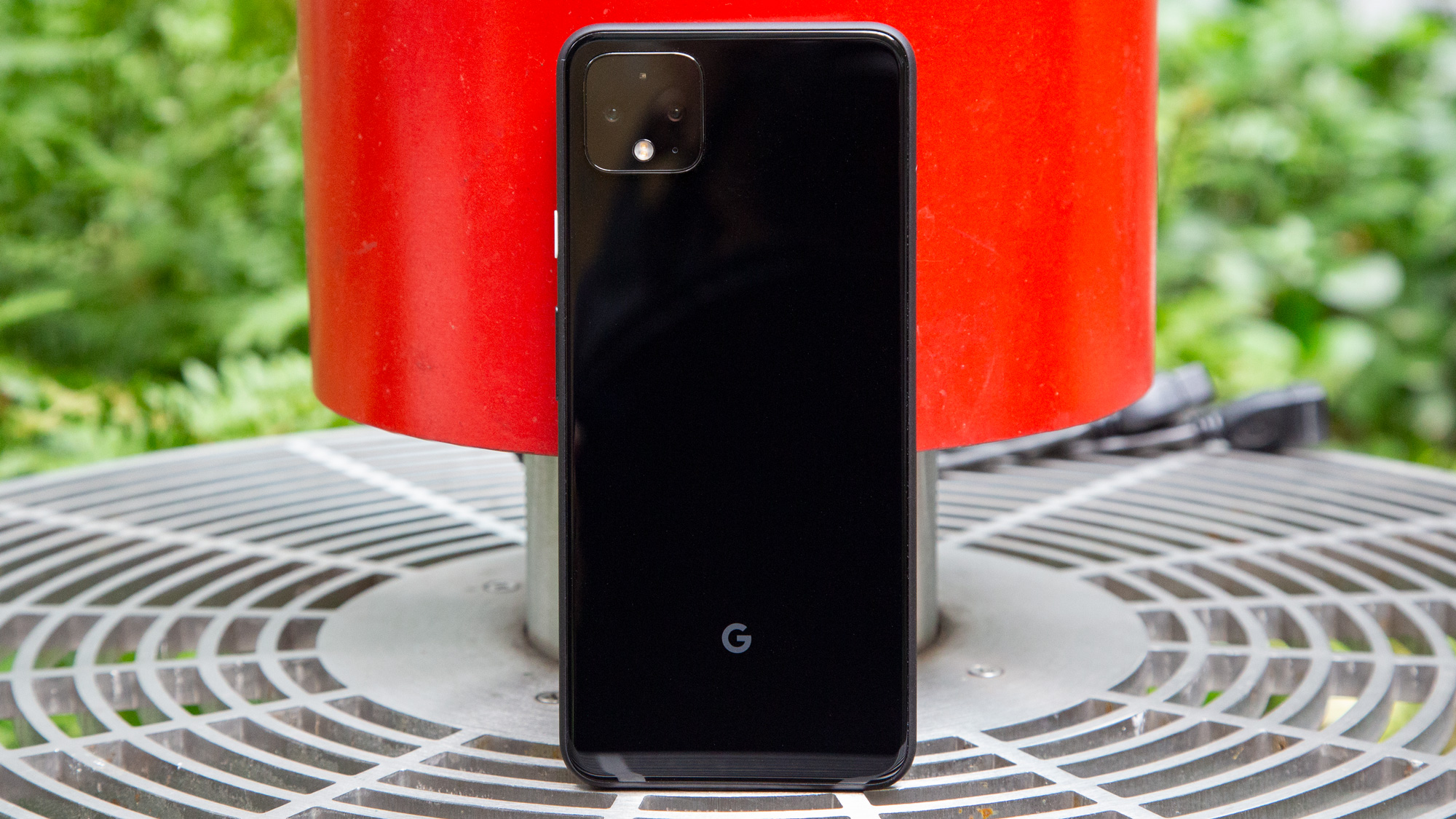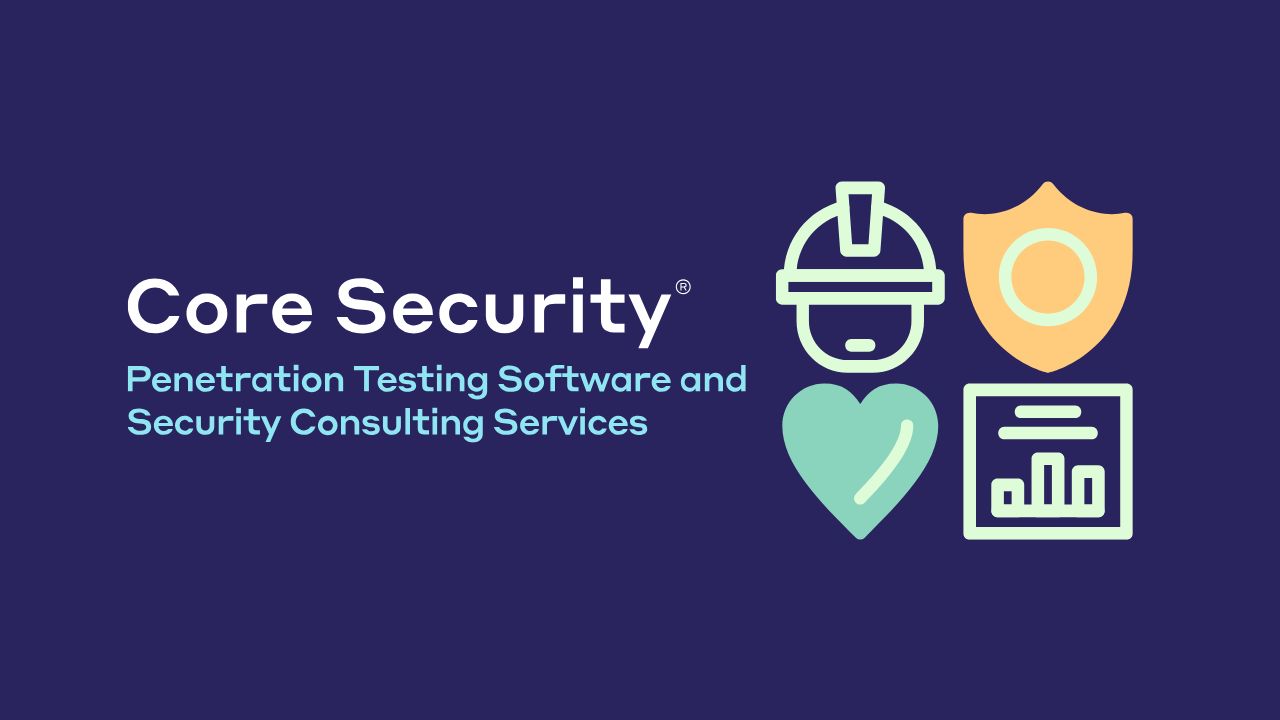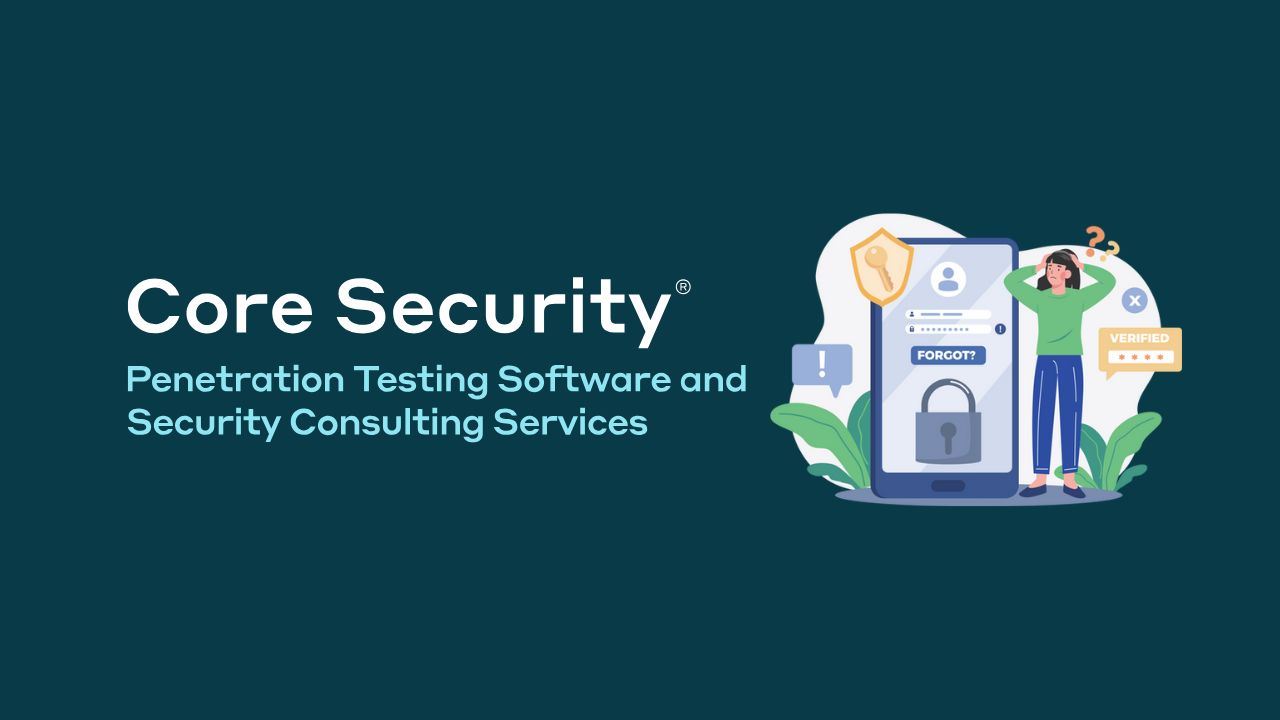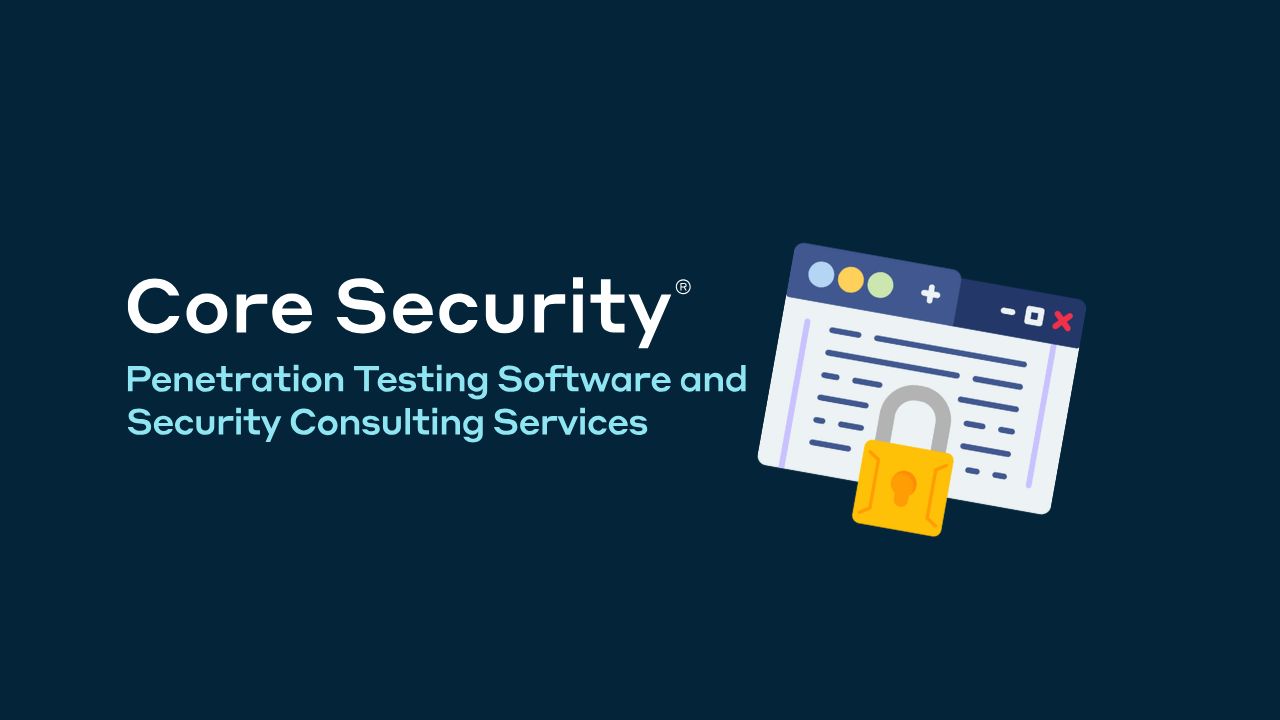There are plenty of affordable home security systems available, but sometimes they don’t compare to a professionally installed system.
Two of the biggest names in the industry are Vivint and ADT—both with decades of experience. But when it comes to Vivint vs ADT, how do you choose?
All about Vivint
Along with custom-built security systems for your home, Vivint prides itself on smart home systems such as alarms, sensors, locks, cameras, and more. In fact, all of Vivint’s products work together as a fully integrated system, which has the added benefit of supporting Google, Amazon, and Nest devices. It allows you to easily control your home security system via a smartphone app, so you can rest easy knowing what’s going on in and around your home.
One of the biggest benefits of investing in smart home technology is how convenient it is. Vivint is proud to offer easy-to-use systems that work seamlessly with each other. So, while you can probably get alternatives to the Vivint product at a more affordable price, you do lose out on the convenience aspect.
Likewise, all of Vivint’s systems are professionally installed, so you never have to worry about misplacing or installing any of your home security equipment. Plus, all of Vivint’s security packages come with 24/7 monitoring, intrusion detection, and a touchscreen control panel. If anything goes wrong with any of its systems, you can call Vivint on the toll-free number and the company will call someone to resolve the issue.
Unlike DIY home security solutions, there’s no set price you’ll pay for Vivint’s system. Each quote is tailored to suit your needs. Some customers may opt for a smart doorbell, smart thermostat, and outdoor cameras, while others may prefer a larger security system that covers their entire home.
However, they do offer a few packages: Vivint Starter Kit ($10/month), Premium Package ($25/month), and Premium Plus Package ($40/month). All of these are customizable, so the price you see is the “from the start” cost. For example, the starter kit consists of a smart control panel, three door/window sensors, a motion sensor and a water leak sensor. There is an upfront cost of $599.99 for the appliance, and if you want to include the 24/7 monitoring service, it will set you back $41.47/month.
You can cancel your Vivint service at any time. Just pay the balance in full, then no monthly fees unless you sign up for one of its services again.
All about ADT
ADT has been around since 1874, so the company knows a thing or two about home security. And while it is one of the oldest security companies, it has been kept up to date with the latest technology. Like Vivint, ADT has a range of smart security systems and devices such as door/window sensors, smart door locks, motion detectors and smoke detectors.
They also offer a variety of Google Nest products such as the Google Nest Mini, the Google Nest Hub, and the Google Nest Thermostat, to name a few.
One of the things that separates ADT from Vivint is that you can build your own DIY package. While the company offers professional installation home security plans, you can also install the equipment yourself if you feel confident enough to do so. DIY plans start at $179.99 and include a smart home hub and access to the ADT app.
However, things start to get a little complicated when you realize that there are different ways to control ADT’s home security solutions within your home. In 2021, ADT will end its support for the ADT SmartThings home security and safety system.
This meant that the ADT SmartThings Security Hub would no longer control any Zigbee, Z-Wave, or LAN devices connected to the security system in users’ homes. However, even without the hub, it was still possible to automate and control Wi-Fi or cloud-connected devices using the SmartThings app.
Now, ADT uses the ADT Command platform that works with the ADT Control app to allow users to manage and control certain aspects of their home security systems.
ADT Pulse, on the other hand, allows remote control of your security system without an ADT control panel.
However, new ADT customers will not have the option of using ADT Pulse, instead, ADT Control is the only option. Essentially, it’s very confusing and it feels like ADT got a little lost on the way to finding the right solution.
Unlike Vivint, ADT requires a 36-month contract for residential security customers. The company states that early termination may result in a charge of 75% of the monthly service fee payable.
which is better?
One of the biggest factors users can take into account when deciding between Vivint vs ADT is home automation. The last thing you want from your home security system is complicated installation, setup and integration.
With such huge advancements in technology, it is now possible to integrate your home security devices with Amazon Alexa, Google Assistant and more.









